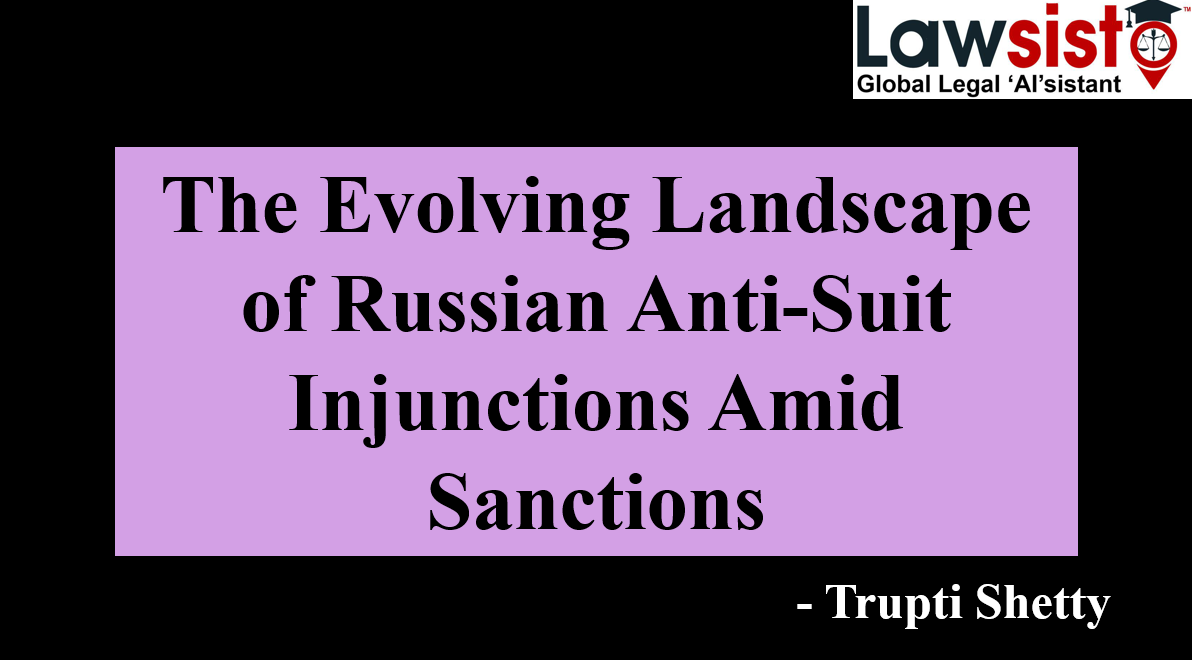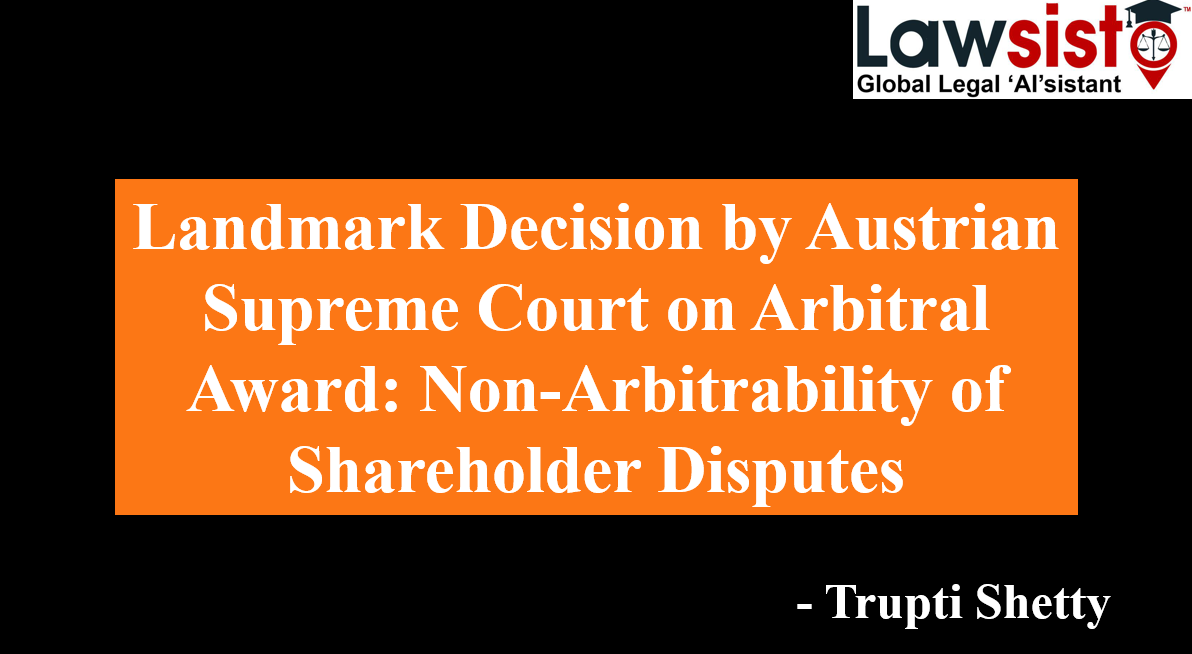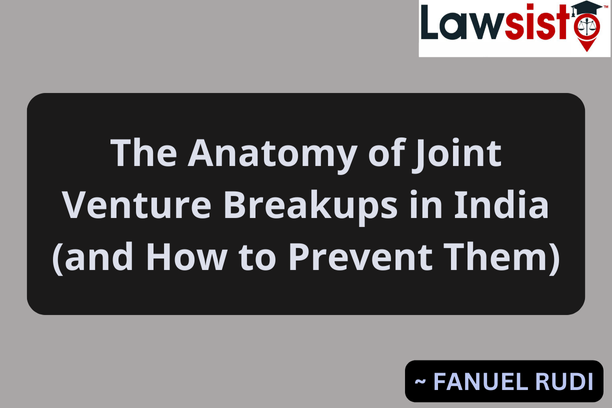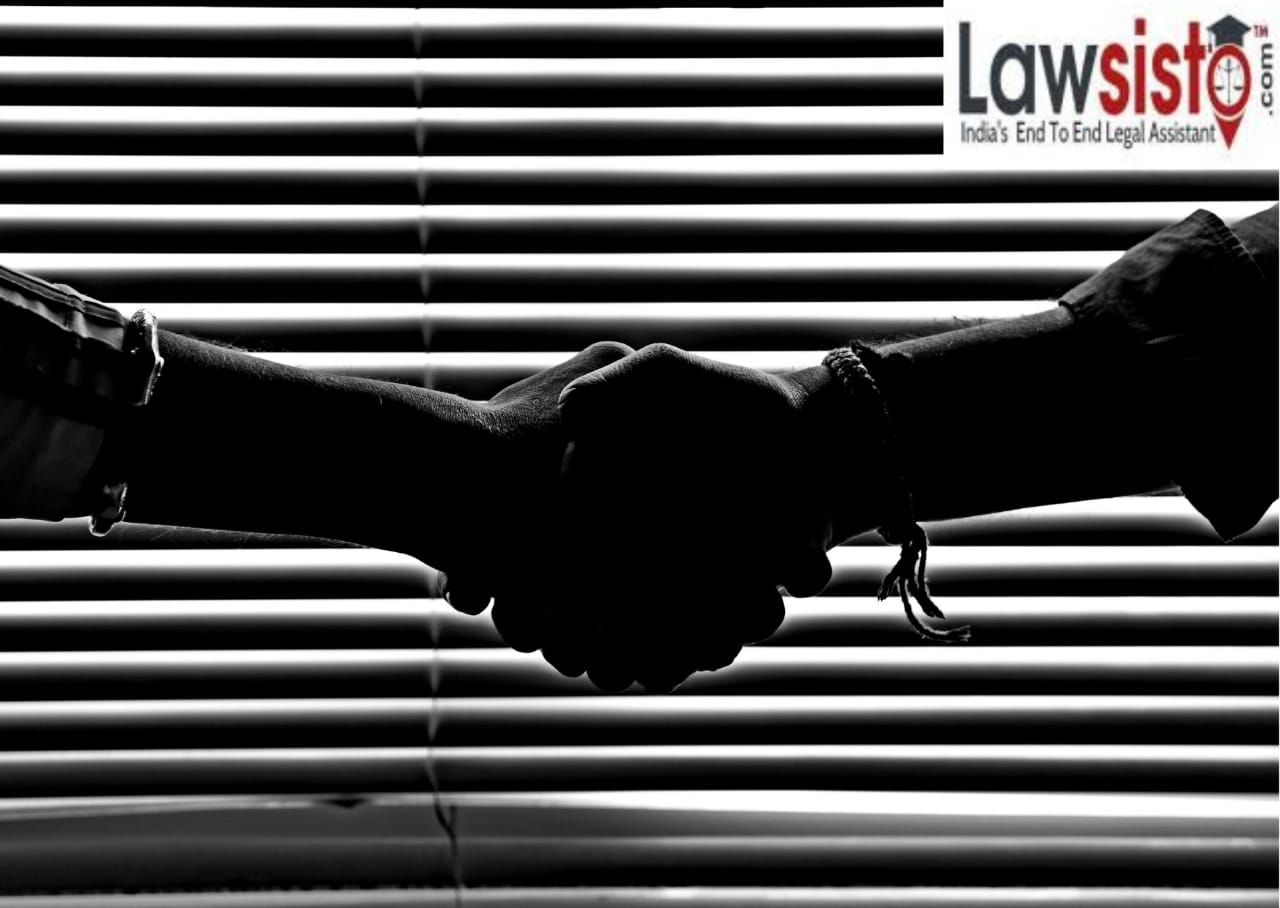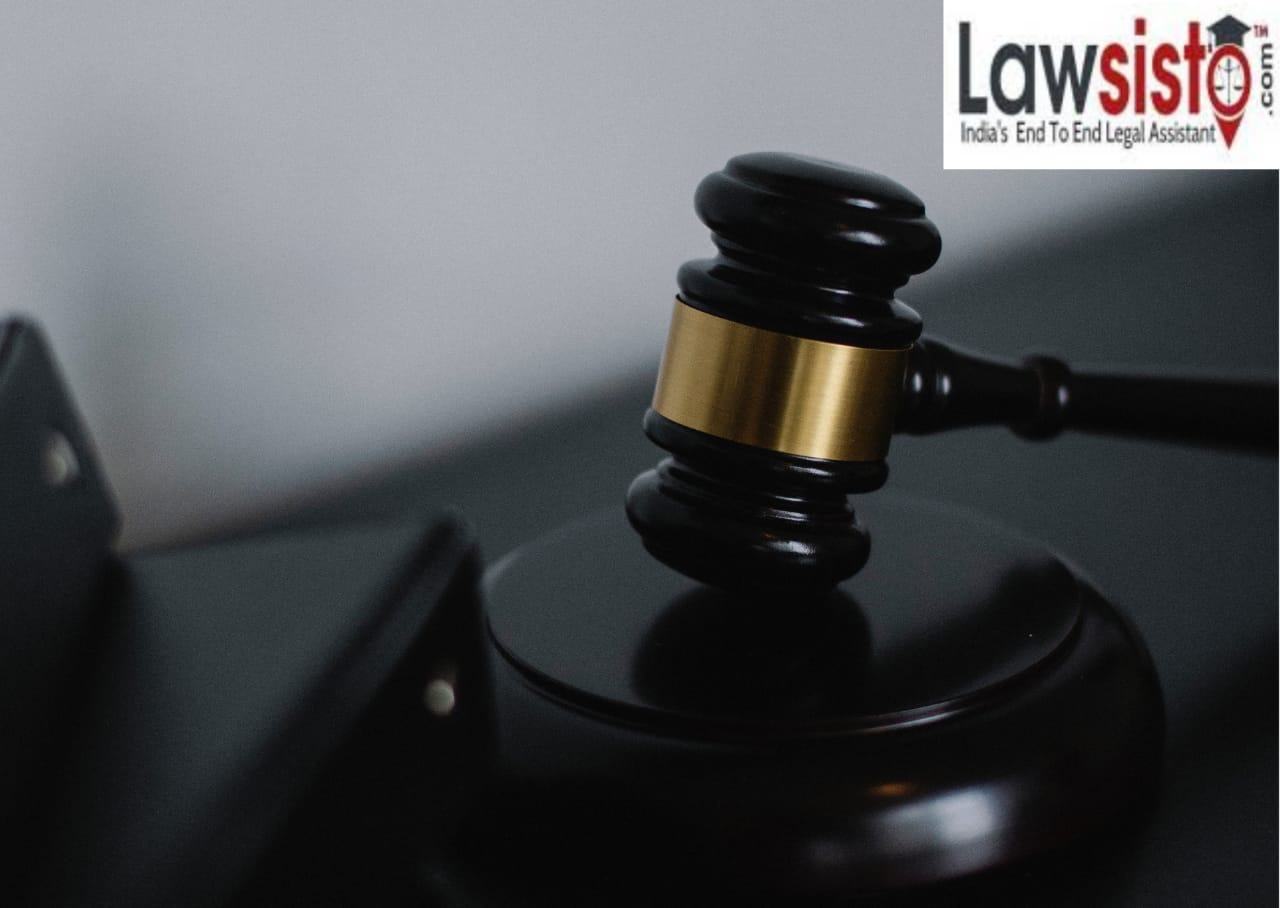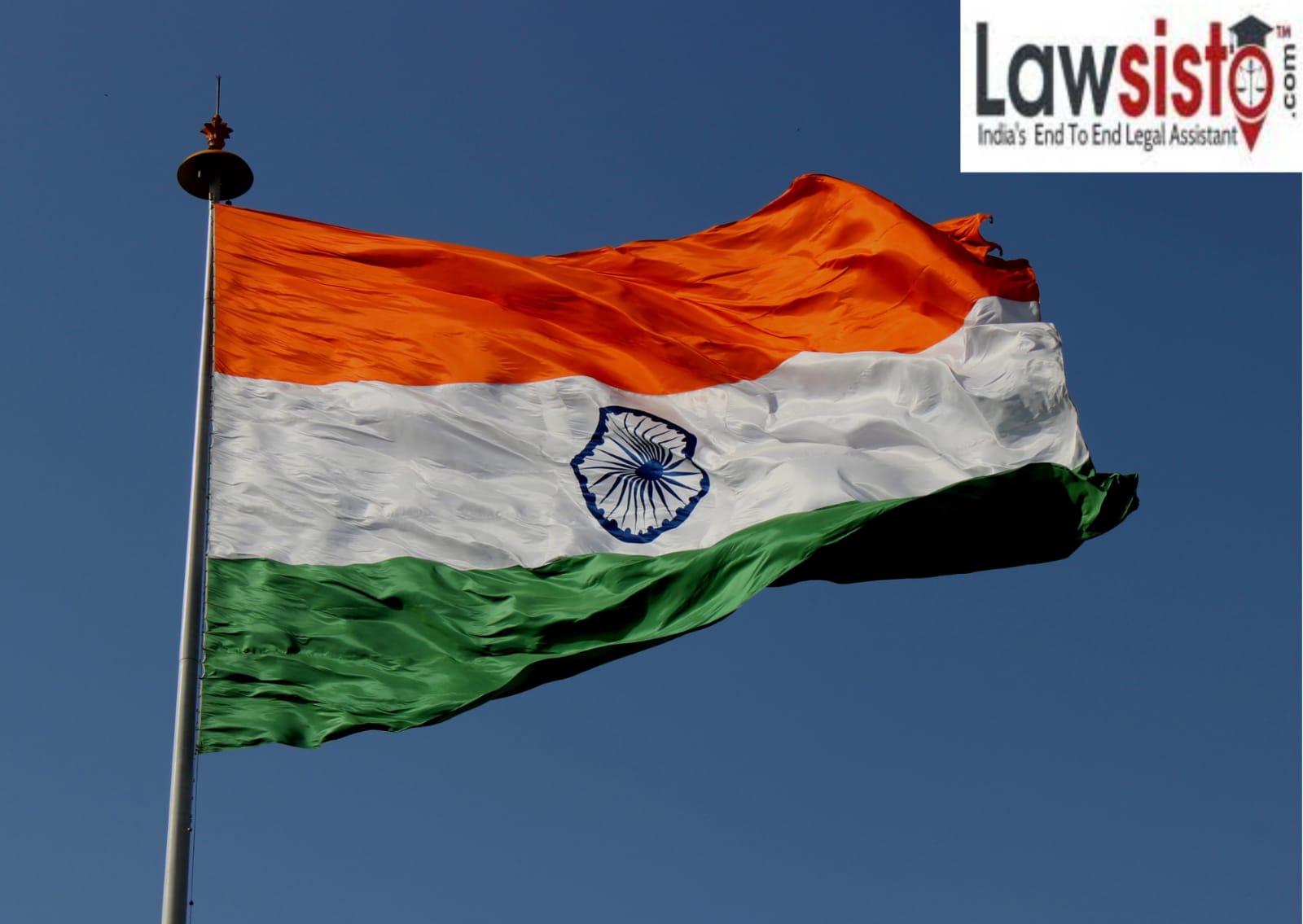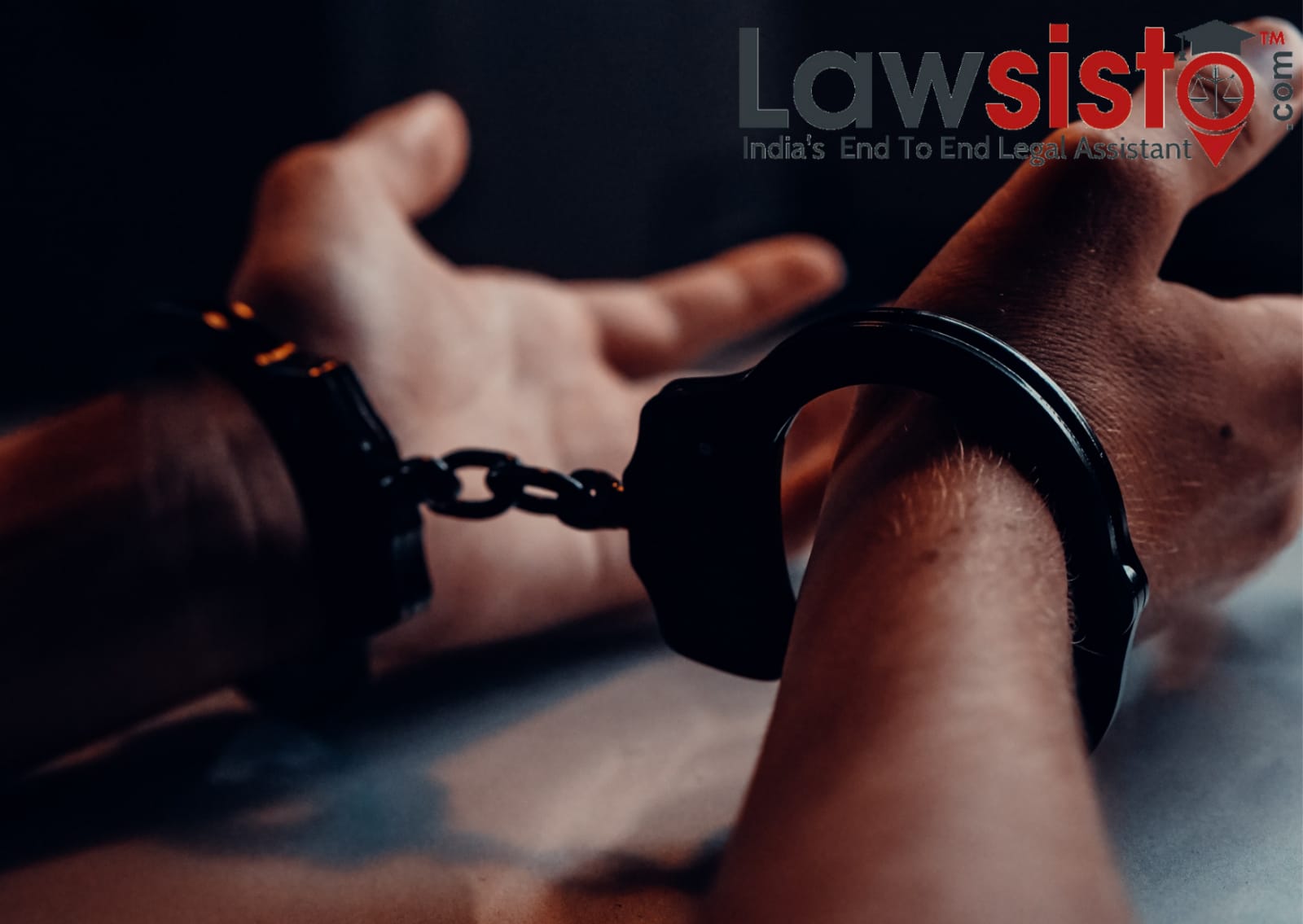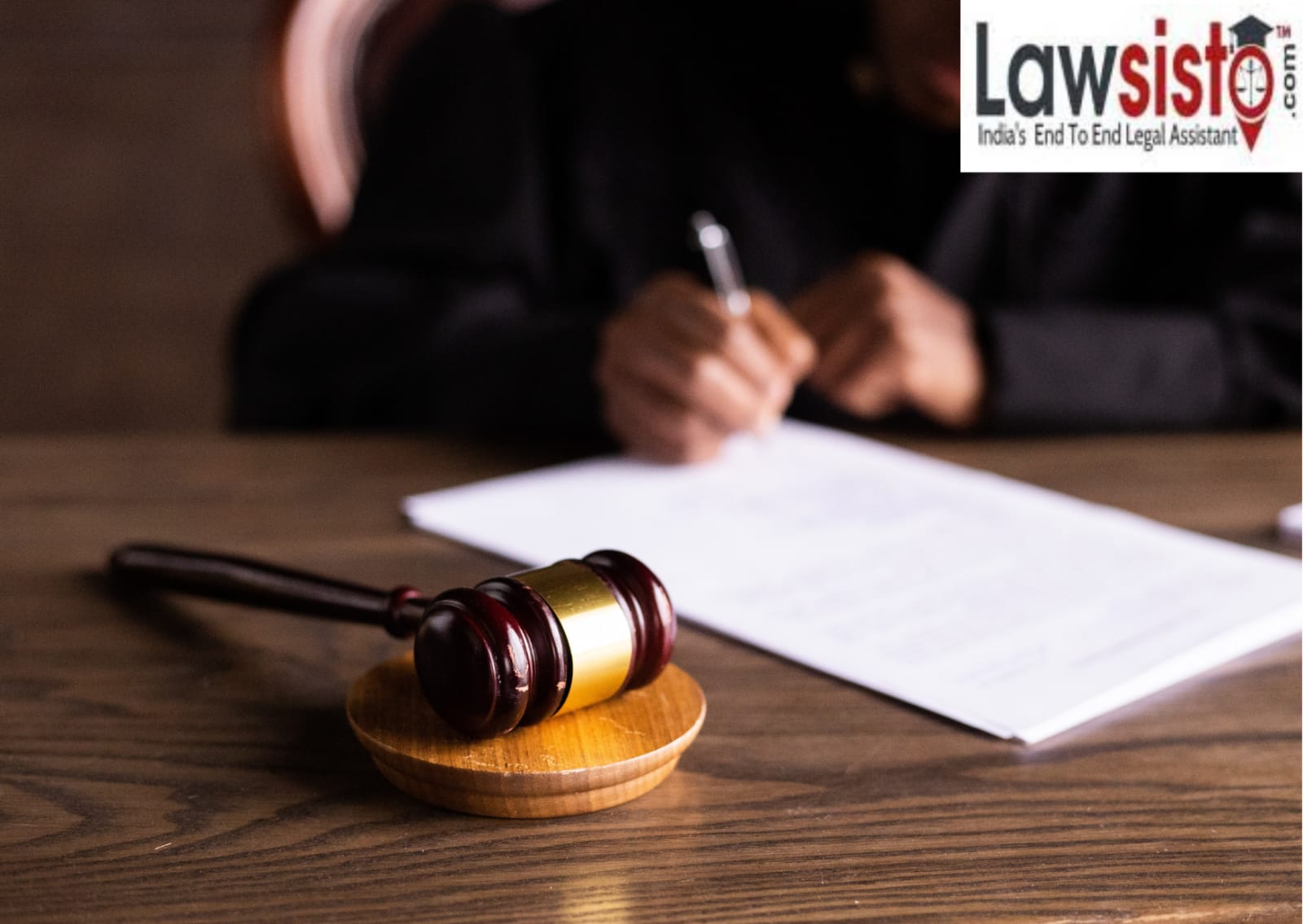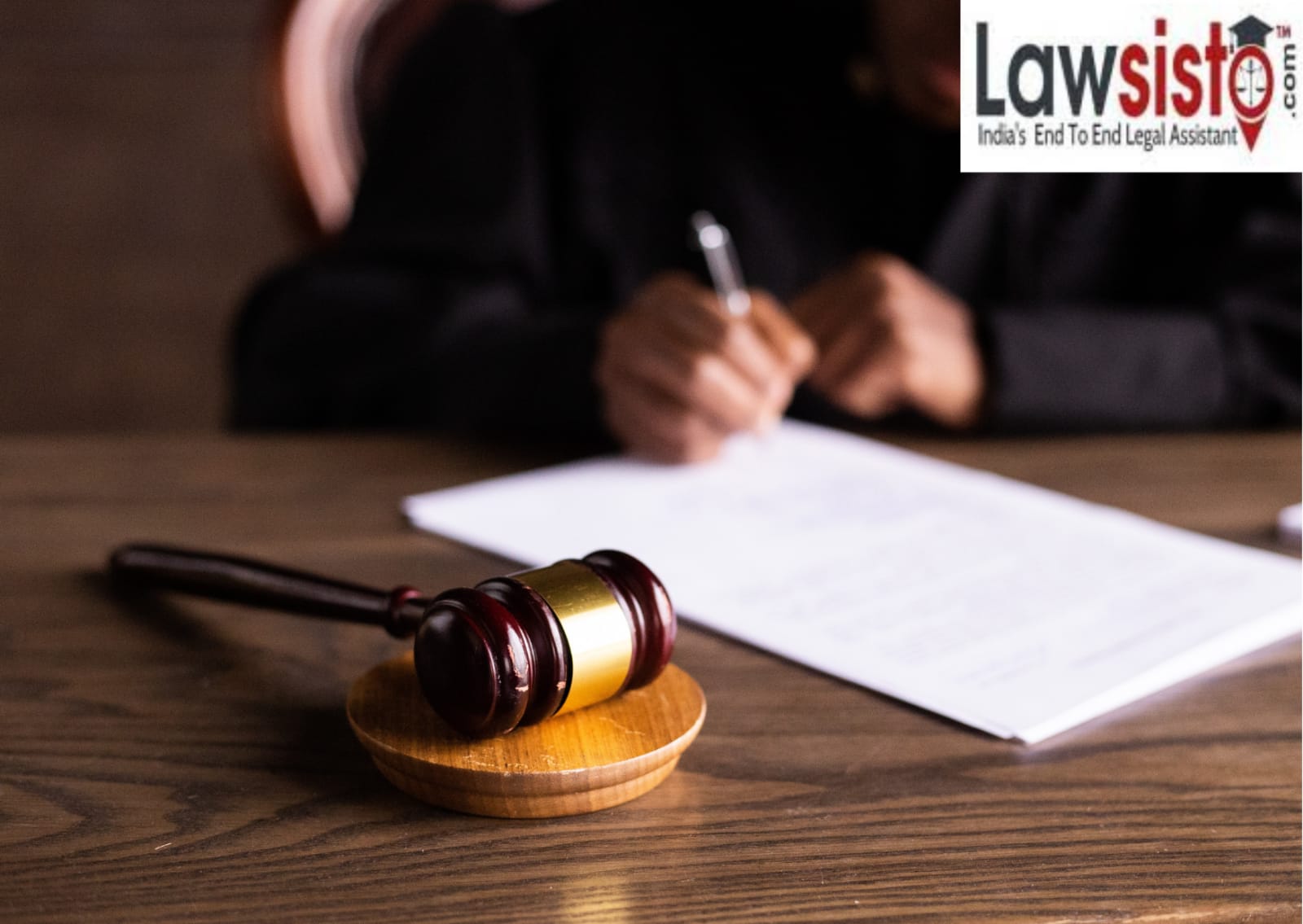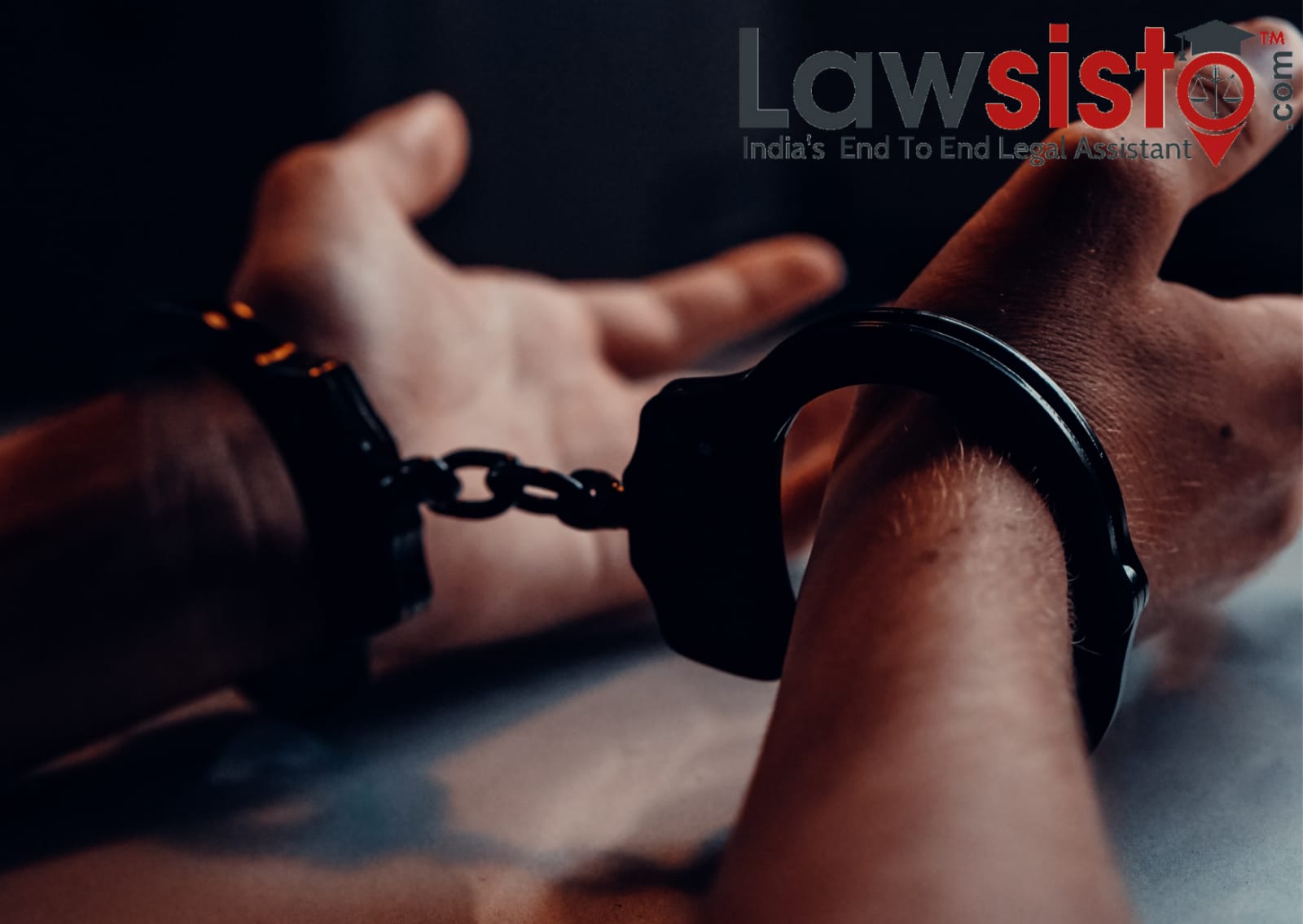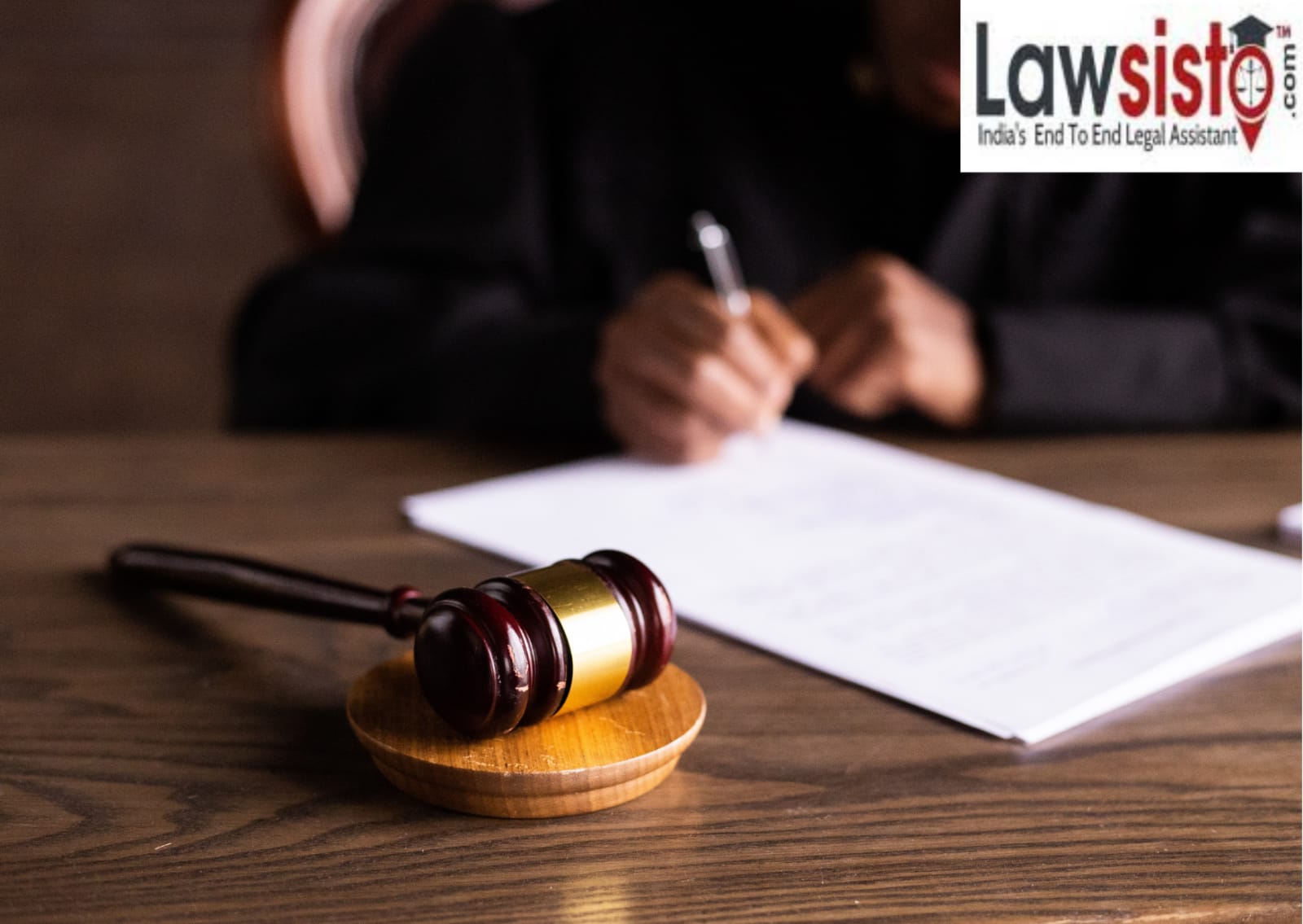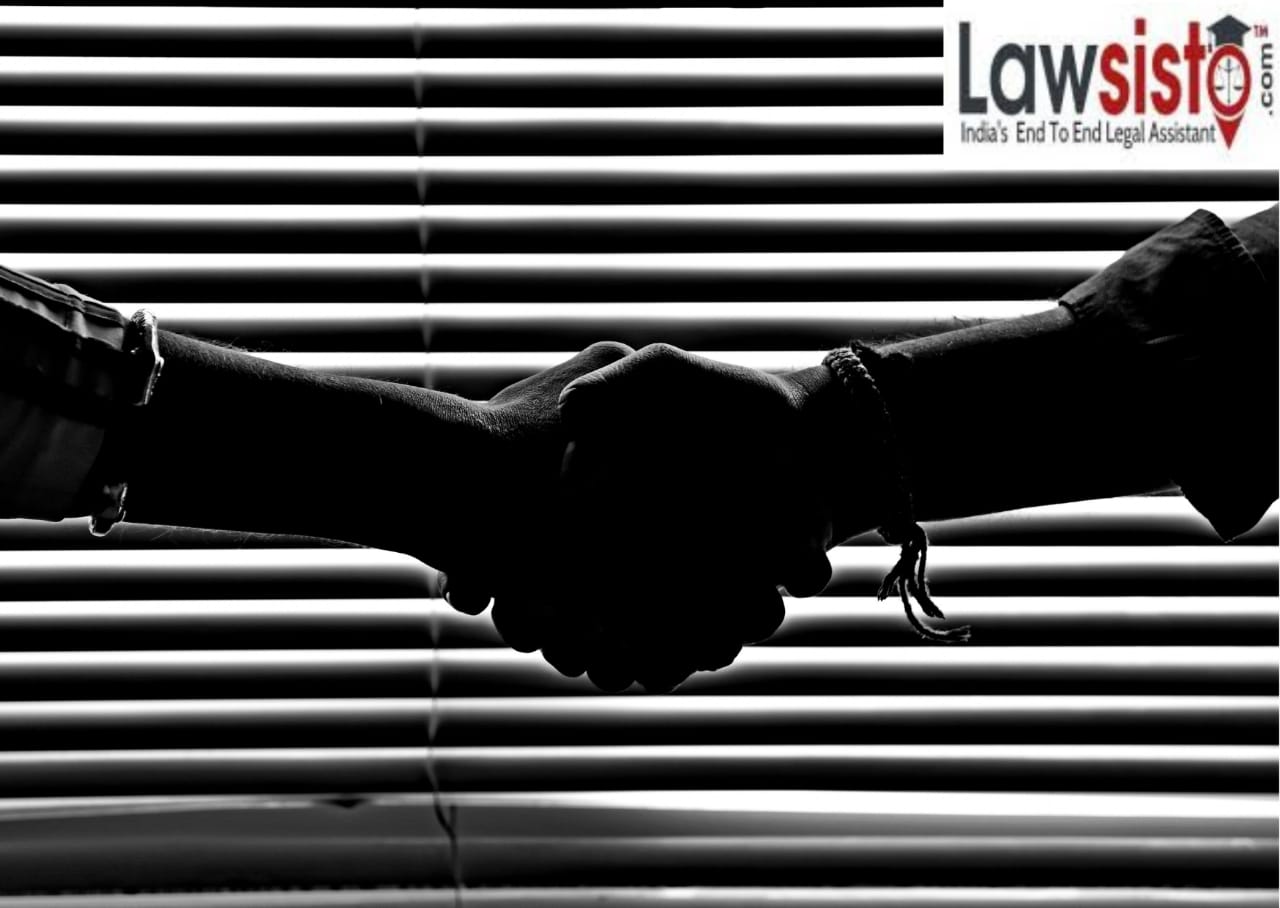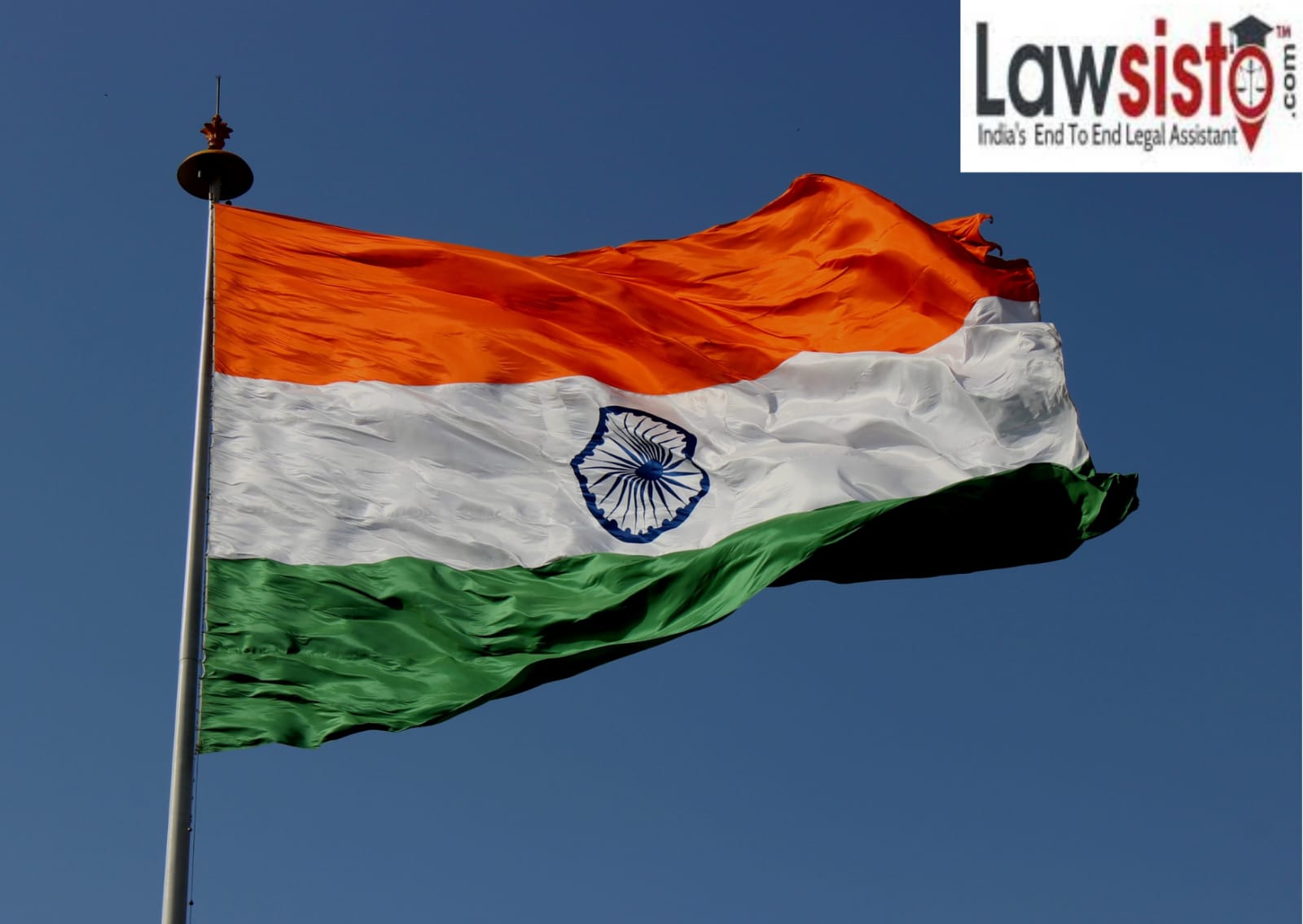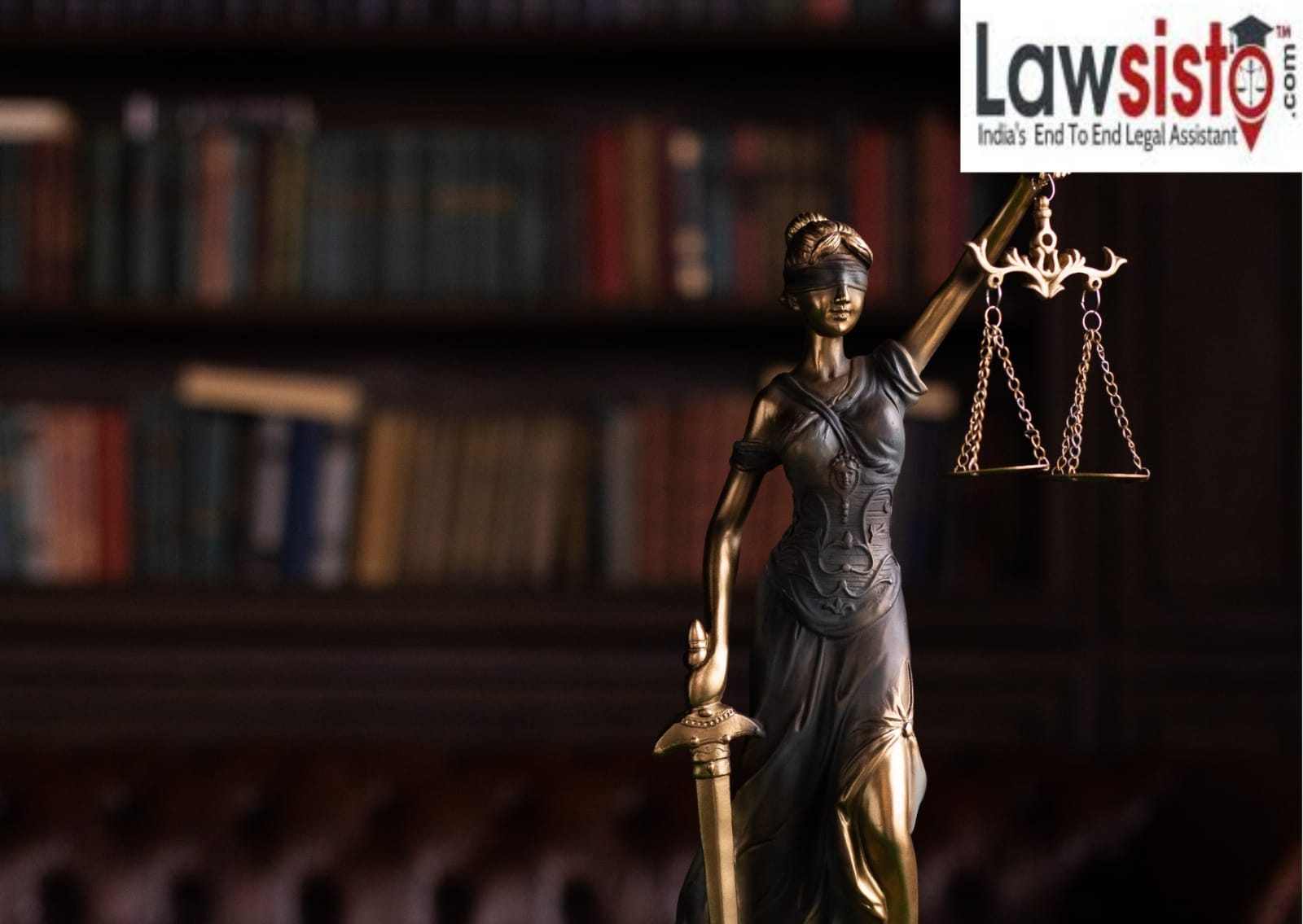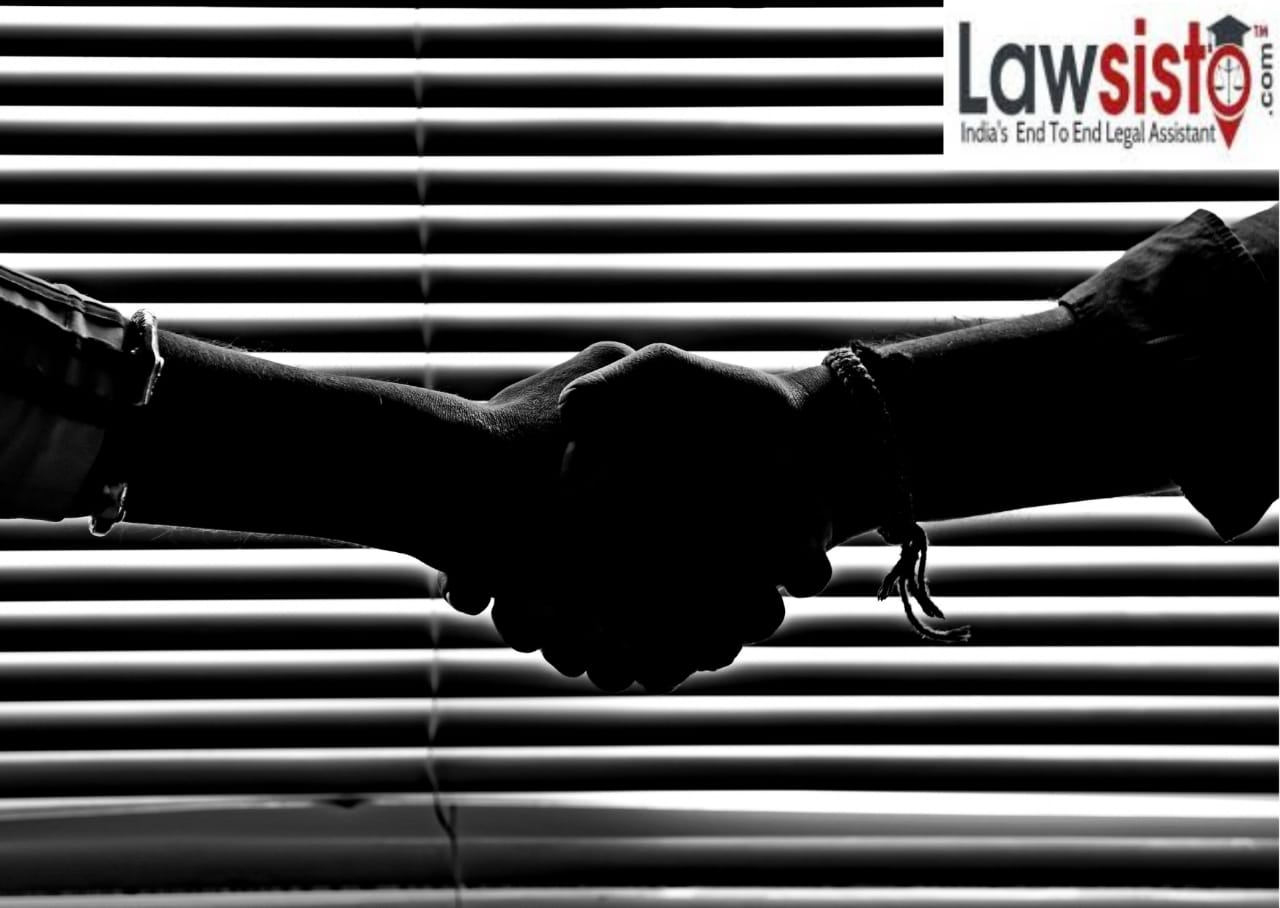Latest News
Media Trial During Investigation Interferes With Administration Of Justice; Amounts To Contempt Of Court: Bombay HC

In a well-written, well-drafted, well-articulated, well-reasoned and well-worded judgment titled Mr Nilesh Navalakha and others vs Union of India and others in Public Interest Litigation (ST) No. 92252 of 2020 with Interim Application No. 95156 of 2020 that was delivered on January 18, 2021, the two Judge Bench of Bombay High Court comprising of Chief Justice Dipankar Datta and Justice GS Kulkarni minced no words to pronounce in no uncertain terms that media trial during criminal investigation interferes with administration of justice and hence amounts to ‘contempt of court’ as defined under the Contempt of Courts Act, 1971. The Court also held that media reports interfering with criminal investigation, before the initiation of trial, can amount to interference with administration of justice. Very rightly so! We had seen for ourselves how raucously the Sushant Singh Rajput case was discussed in different news channels.
To start with, as a prelude, the Bench first and foremost sets the ball rolling by first and foremost observing in para 1 that, “While COVID-19 was wreaking havoc in the country and causing unimaginable misery [viz. the working class losing jobs and thereby their livelihood, innumerable innocent lives being lost including those of migrant labours not only due to its direct but also indirect effects, the health-care system in all the States across the country facing extreme stress, justice seekers finding the justice delivery system almost inaccessible, etc.] and thus creating an atmosphere of severe tension and despair in the country, the unnatural death of a relatively young film actor (hereafter “the actor”, for short) in Mumbai on June 14, 2020 became the cynosure of the electronic media. The manifold problem, hardship and inconvenience brought about by the pandemic all over the country notwithstanding, various TV channels initiated intense discussion during prime time on the probable cause of death of the actor. Some of such channels, resorting to “investigative journalism” as they call it, sought to spread the message among its viewers that Mumbai Police has been passing off a homicidal death as a suicidal death and that a close acquaintance of the actor, who herself is an actress (hereafter “the actress”, for short), had orchestrated his death. What followed such reportage is noteworthy. The actor’s father had lodged an FIR at Patna, Bihar naming the actress as an accused for his son’s homicidal death. Incidentally, the actor hailed from Bihar prior to making a career in films and settling down in Mumbai. To conduct investigation into such FIR, police personnel from Bihar landed in Mumbai. Citing the pandemic, such personnel were promptly quarantined. It is not necessary for the present purpose to ascertain who were behind such move and what the motive was. Suffice it to note, the actress applied before the Supreme Court for transfer of a First Information Report at a police station in Patna and all consequential proceedings from the jurisdictional court at Patna to the jurisdictional court at Mumbai, under section 406 of the Code of Criminal Procedure (hereafter ‘the Cr.P.C’ for short) read with Order XXXIX of the Supreme Court Rules. Upon hearing the parties, the Supreme Court passed an order dated August 19, 2020 entrusting the Central Bureau of Investigation (hereafter “the CBI”, for short) with investigation into the complaint of the actor’s father. In compliance with such order, the CBI took over investigation. In due course of time, the Enforcement Directorate (hereafter “the ED”, for short) and the Narcotics Control Bureau (hereafter “the NCB”, for short) too joined the fray by launching separate prosecution suspecting offences under the Prevention of Money Laundering Act, 2002 and the Narcotics Drugs and Psychotropic Substances Act, 1985 (hereafter “the NDPS Act”, for short), respectively. After the intervention of the Supreme Court, it had been the claim of some of the TV channels that Mumbai Police’s vicious attempt to suppress the homicidal death of the actor, which had been unearthed by “investigative journalism”, stands validated by reason of the order of the Supreme Court. It had also been the claim of one of the TV channels that because of its persistent vigorous demands for divesting Mumbai Police of investigative powers in the case that truth has triumphed with the CBI being entrusted with the investigation by the Supreme Court. Investigation by the CBI, the ED and the NCB are still in progress.”
Adding more to it, the Bench then observes in para 2 that, “Apart from the above, a couple of TV channels aired several programmes raising questions as to the manner of investigation by Mumbai Police and also as to why the actress had not been arrested in view of materials that such channels had gathered through “investigative journalism”. One of them even went to the extent of obtaining opinion from the viewers on whether the actress should be arrested. One other channel flashed that the actor had been murdered. The persistent efforts of the channels for arrest of the actress did bear fruit in that although the CBI did not find reason to arrest her, she came to be arrested by the NCB. After a monthlong incarceration, this Court by its order dated October 7, 2020 granted the actress bail upon recording a finding that materials collected thus far by the NCB prima facie did not suggest that she had committed any offence under the NDPS Act.”
Most significantly, the Bench then further waxes eloquent to hold in para 349 that, “Having given our anxious consideration to all aspects of the matter, we are inclined to the opinion that the press/media ought to avoid/regulate certain reports/discussions/debates/interviews in respect of and/or touching upon any on-going inquiry/investigation into a criminal offence and that only those items are presented for reading/viewing and otherwise perceiving through the senses which are merely informative but in public interest instead of what, according to the media, the public is interested in. No report/discussion/debate/ interview should be presented by the press/media which could harm the interests of the accused being investigated or a witness in the case or any such person who may be relevant for any investigation, with a view to satiate the thirst of stealing a march over competitors in the field of reporting. Accordingly, we direct the press/media to exercise restraint and refrain from printing/displaying any news item and/or initiating any discussion/debate/interview of the nature, as indicated hereunder:
- In relation to death by suicide, depicting the deceased as one having a weak character or intruding in any manner on the privacy of the deceased;
- That causes prejudice to an ongoing inquiry/investigation by:
(i) Referring to the character of the accused/victim and creating an atmosphere of prejudice for both;
(ii) Holding interviews with the victim, the witnesses and/or any of their family members and displaying it on screen;
(iii) Analyzing versions of witnesses, whose evidence could be vital at the stage of trial;
(iv) Publishing a confession allegedly made to a police officer by an accused and trying to make the public believe that the same is a piece of evidence which is admissible before a Court and there is no reason for the Court not to act upon it, without letting the public know the nitty-gritty of the Evidence Act, 1872;
(v) Printing photographs of an accused and thereby facilitating his identification;
(vi) Criticizing the investigative agency based on half-baked information without proper research;
(vii) Pronouncing on the merits of the case, including pre-judging the guilt or innocence qua an accused or an individual not yet wanted in a case, as the case may be;
(viii) Recreating/reconstructing a crime scene and depicting how the accused committed the crime;
(ix) Predicting the proposed/future course of action including steps that ought to be taken in a particular direction to complete the investigation; and
(x) Leaking sensitive and confidential information from materials collected by the investigating agency;
- Acting in any manner so as to violate the provisions of the Programme Code as prescribed under section 5 of the CTVN Act read with rule 6 of the CTVN Rules and thereby inviting contempt of court; and
- Indulging in character assassination of any individual and thereby mar his reputation.”
For the sake of clarity, the Bench then makes it clear in para 350 that, “These are not intended to be exhaustive but indicative, and any report carried by the print media or a programme telecast by a TV channel, live or recorded, ought to be such so as to conform to the Programme Code, the norms of journalistic standards and the Code of Ethics and Broadcasting Regulations; in default thereof, apart from action that could be taken under the prevailing regulatory mechanism, the erring media house could make itself liable to face an action in contempt, i.e., criminal contempt within the meaning of section 2(c) of the CoC Act which, as and when initiated, would obviously have to be decided by the competent court on its own merits and in accordance with law.”
Quite remarkably, the Bench then observes in para 351 that, “It has been urged on behalf of the media houses that on diverse occasions, the guests are invited to speak and address the audience on a particular topic during programmes which are telecast live and, in such cases, it is difficult for the media houses to censor the statements of such guests. What the media houses say could be true, but that would not grant any speaker the license to either abuse or defame any particular individual, who could be the target of the speech, to tarnish his reputation in the eyes of the viewers or to indulge in interference with and/or obstruction to administration of justice by such public speaking. In case of the former, the targeted individual could sue the media as well as the speaker for defamation, which must ordinarily sound in damages but in case of the latter, both the media house and the speaker may be proceeded against for criminal contempt. It would not be enough for the media house to put up a disclaimer at the end of the programme that it does not associate itself with the views of the speaker and thereby evade liability. To obviate such situation, the media houses would be well advised to inform, guide and advise the guest speakers to refrain from making public utterances which are likely to interfere with and/or obstruct administration of justice and thereby attract contempt. The role of the anchor, in such cases, is also important. It is for him/her to apply his/her mind and avoid the programme from drifting beyond the permissible limits. Muting the speaker if he flies off or shows tendency of flying off at a tangent could be one of several ways to avoid embarrassment as well as contempt.”
In the same vein, the Bench then holds in para 352 that, “At the same time, while emphasizing on the need for a free, fair, effective and meaningful investigation of an FIR disclosing commission of cognizable offence by an accused ~ be it a celebrity or an ordinary person ~ to be conducted by the investigative agency, we also consider it appropriate to remind the investigative agencies that they are entitled to maintain secrecy in course of investigation and are under no obligation to divulge materials thus collected. If indeed there is leakage or disclosure of materials, which has the potential of stifling a proper investigation, it could pave the way for such information being laid before the competent court having powers to punish for criminal contempt under section 2(c) of the CoC Act and in an appropriate case, for being dealt with in accordance with law.”
In addition, the Bench then also adds in para 353 that, “That apart, one of the suggestions of Mr.Datar seems to us to be worthful and hence, we observe that Mumbai Police as well as the other investigating agencies may consider the desirability of appointing an officer who could be the link between the investigator and the media houses for holding periodic briefings in sensitive cases or incidents that are likely to affect the public at large and to provide credible information to the extent such officer considers fit and proper to disclose and answer queries as received from the journalists/reporters but he must, at all times, take care to ensure that secret and confidential information/material collected during investigation, the disclosure whereof could affect administration of justice, is not divulged. Such officer, if at all appointed, would nonetheless be instructed to bear in mind the decision of the Supreme Court in Rajendran Chingaravelu (supra). There, the Court warned of the growing tendency among investigating officers (either police or other departments) to inform the media, even before completion of investigation, that they have caught a criminal or an offender and that such crude attempts to claim credit for imaginary investigational breakthroughs should be curbed. The investigating agency should refrain from such acts that would prejudice not only the investigation but also the trial before the Court. We say no more on this topic.”
As it turned out, the Bench then also adds in para 354 that, “Finally, what remains for our consideration is Mr.Kamath’s suggestion that if any adverse order is passed by the UOI against an erring news broadcaster for violation of the Programme Code and such order has the effect of abridging the right guaranteed under Article 19(1)(a), this Court may direct that the same as against the broadcaster will remain in abeyance for a period of 15 days or so as to enable the news broadcaster to approach the appropriate Court for relief. We do not consider such suggestion worthy of acceptance. It is not open to the High Courts to further legislate when a legislation is in place. The duty of the High Court would be to interpret the law, if the occasion therefor arises. It is only in exceptional cases where there is no legislation covering a particular topic/subject but right of a subject is infringed or threatened to be infringed that the court may consider attempting to issue guidelines/directions to be followed till such time legislation in that behalf is made. While we have ourselves suggested measures that need to be followed so as to enforce the right to life of individuals accused of criminal offences under investigation as well as laid down guidelines for media reporting on criminal investigation at the prechargesheet stage, the latter is with the obvious intent of marking the ‘lakhsman rekha’ within which the media must operate to avoid contempt of court. However, in view of the provisions of the CTVN Act and the CTVN Rules, it is considered unnecessary to make any direction of the nature suggested by Mr.Kamath.”
In conclusion, the two Judge Bench of Bombay High Court in this noteworthy case makes it crystal clear that media trial during investigation interferes with the administration of justice and this is just not acceptable. All the news channels must always comply with what the Bombay High Court has held so explicitly, elegantly and effectively in this leading case. It also made it amply clear that doing media trial as stated above amounts to contempt of court as defined under the Contempt of Courts Act, 1971. The slew of directions that were remarkably issued by the Bombay High Court as we discussed above must be implemented in letter and spirit! It was also made amply clear that the media trial not only runs counter to the Program Code framed under the Cable TV Act but also interferes with the criminal investigation by police. It was also rightly held that, “Press media ought to avoid discussions, debates relating to criminal investigation and should confine only to informative reports in such matters in public interest. Media should observe restraint in discussions about ongoing investigation so as not to prejudice the rights of the accused and witness.” Media must comply now!



